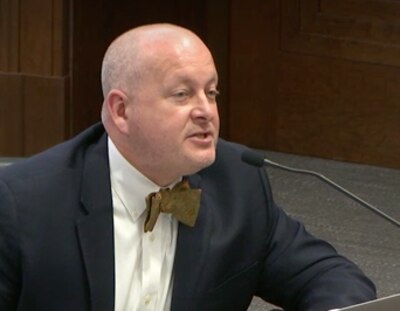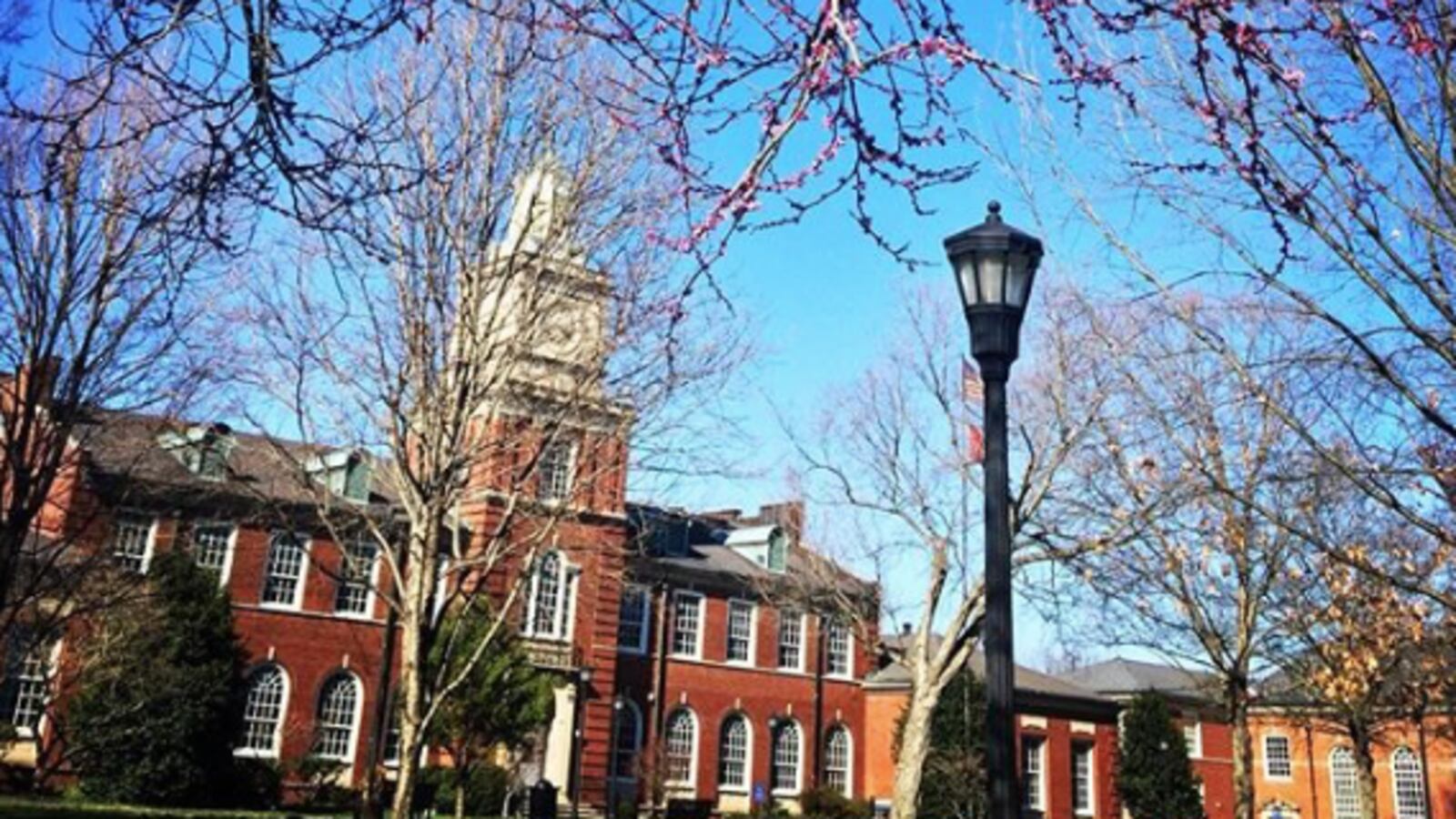Armed with sobering data about the performance of teacher training programs in Tennessee, state officials are holding meetings with top brass at universities where they say programs have grown out of touch with the needs of K-12 classrooms.
About 40 programs in Tennessee feed the state’s teacher pipeline with about 4,000 new teachers annually. The largest are based at colleges and universities.
But those same traditional programs generally aren’t attracting enough high-quality candidates or producing enough effective or diverse teachers. Not a single public university in Tennessee scored in the top fifth of teacher training programs under a state report card issued in 2016. And the outlook isn’t expected to improve much under the 2017 report card being released early next month, officials say.
“This data is sobering. It tells us that higher education must do better,” said Mike Krause, executive director of the Tennessee Higher Education Commission. “I worry our higher education faculty in colleges of education get disconnected from what a K-12 classroom looks like.”
Krause outlined the challenges to state lawmakers during a presentation on Tuesday with Sara Heyburn Morrison, executive director of the Tennessee State Board of Education.
Their first “intervention meetings” were with the presidents and education deans at four universities: Austin Peay, Tennessee-Chattanooga, Tennessee-Martin, and Tennessee Tech. Similar meetings are scheduled this spring with leadership of private colleges and universities across the state.
Krause described the first meetings as “very productive” — and illuminating. “In many cases, the presidents just didn’t know” about their programs’ shortcomings, he said.
Teacher quality is considered a driving factor in students’ success, making the quality of teacher preparation programs a front-burner issue in Tennessee. A 2016 report said only a handful of the state’s programs are consistently preparing teachers to improve student achievement based on Tennessee’s TVAAS measure. The State Board’s new grading system also highlighted weaknesses based on racial diversity, candidates’ ACT scores, and whether they are producing teachers for high-need areas such as special education.
Reading instruction is another big challenge. In a state where only a third of students are considered proficient in reading, new teachers are arriving in classrooms ill-prepared to instruct students on Tennessee’s new reading standards. The state is working with higher education institutions so their faculty can take the same professional development on literacy that working teachers are taking.
But for the most part, the State Board has limited levers for improving the quality of teacher prep. The biggest hammer comes every seven years when each program undergoes a comprehensive review for licensure. (In 2014, the state raised its standards and revised its measures for effectiveness to include data such as placement, retention and employer satisfaction.)

Tennessee-Martin Chancellor Keith Carver said his school took its last state report card to heart. As a result of its overall score of 2 out of a possible 4, the university hired an assessment coordinator to help guide decisions based on data. “It’s a really good baseline for improving,” he said of the report card. “We’ve got some work to do in our diversity profile.”
Tennessee’s teacher candidates are overwhelmingly white and female. Of those who completed Tennessee’s programs in 2016, only 14 percent identified themselves as non-white, compared with 36 percent of the state’s student population.
“Colleges of education will not stumble into diversity. There has to be a very intentional effort,” Krause said.
View the full presentation from Tuesday’s legislative hearing below.


